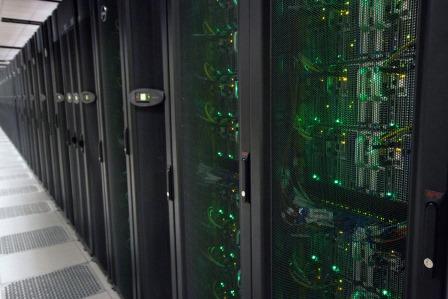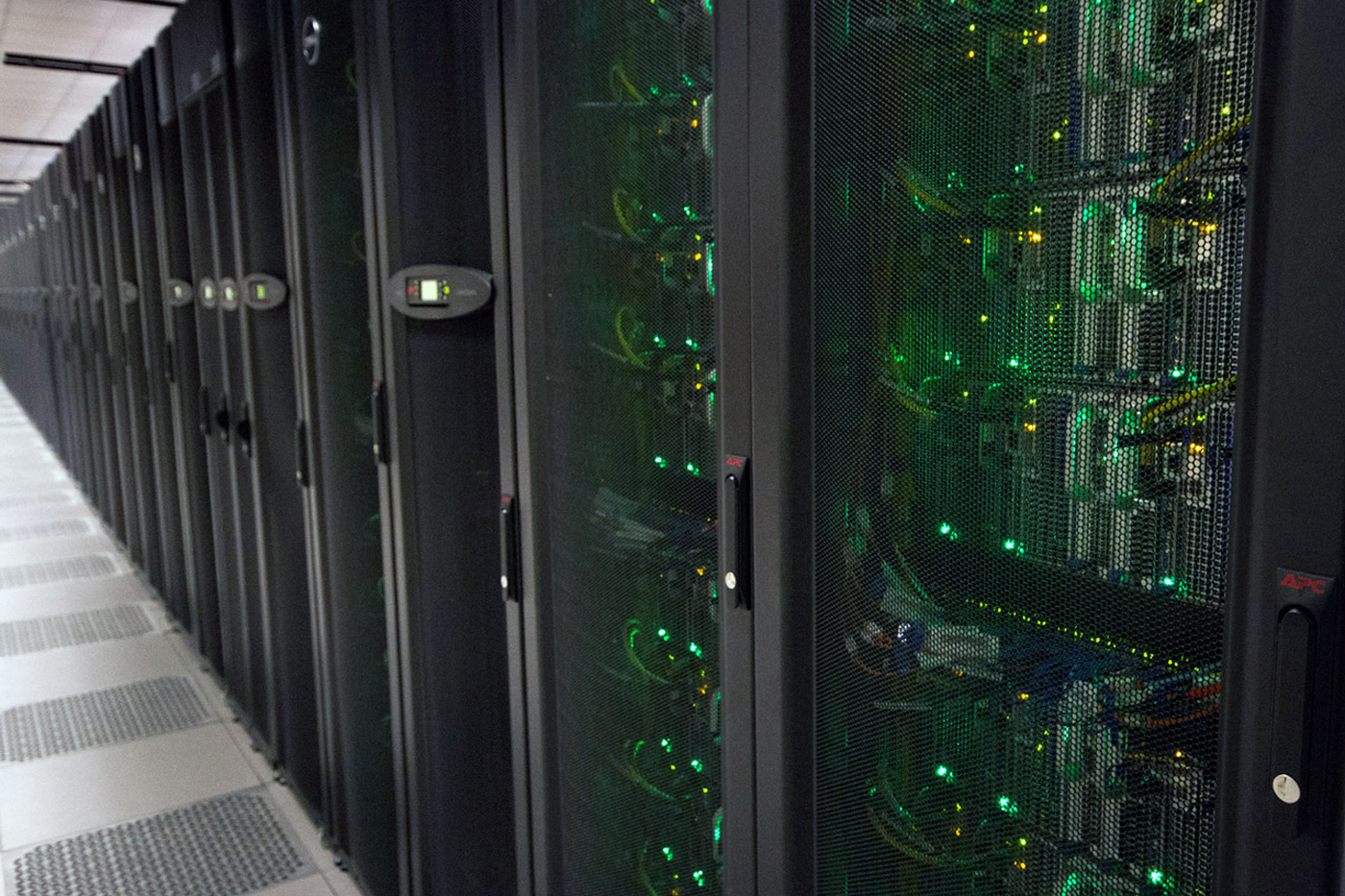Largest-ever math proof chews up 200TB of data
You’ve probably been asked to prove a math solution at some point, but never like this. Researchers have created the world’s largest math proof while solving the Boolean Pythagorean triples problem, consuming a whopping 200TB of data — the previous record was ‘just’ 13GB. The sheer size came from having to consider the sheer range (nearly 1 trillion) of possibilities involved in coloring integers. You could technically use a 68GB compressed version at home, but it’d take about 30,000 hours of processing time to crunch the data.
It’s impressive stuff, although Nature is quick to note that this isn’t quite a Holy Grail. A giant proof might solve the problem, but it doesn’t provide a consistent explanation for why the results come out the way they do, something that you can apply to other cases. In one sense, it’s like cheating on an exam. While you may know the answers, you aren’t really learning how to solve things on your own.
(17)















